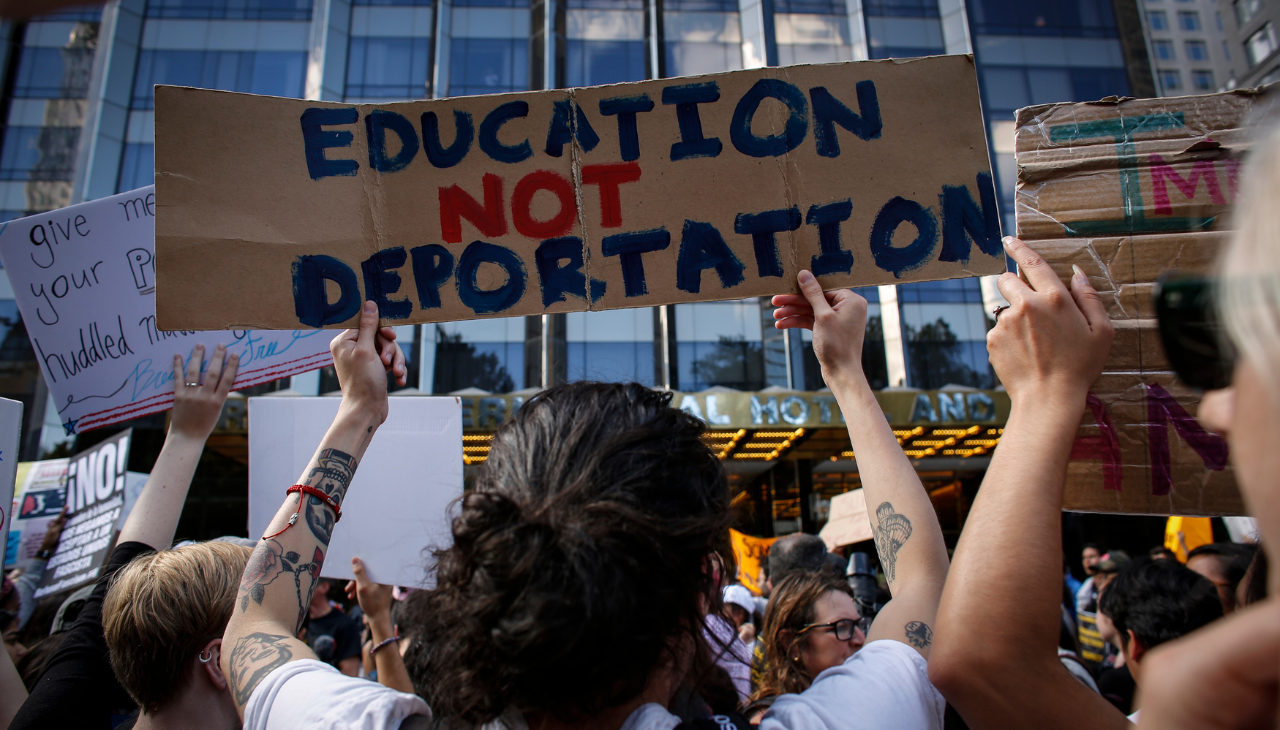
The post-DACA generation tries to go to college
The Chronicle wrote about the group of students that had to navigate the college-application process without immigrant protection in some Southern states.
An estimated 11 million people living in the United States are undocumented — approximately 2.1 million of them 24 or younger, meaning they are college prospects.
Protected by the U.S. Supreme Court since 1982, undocumented children have had the right to attend the K-12 public education system, but the decision doesn’t offer the same protection to higher education. Each state can determine whether undocumented students can or can’t attend college.
The Chronicle of Higher Education shared this week an article featuring the challenges students have faced since the banning of undocumented people from public colleges in certain states, more than a decade ago. Three states have enacted the enrollment ban: South Carolina, in 2008; Georgia, in 2010; and Alabama, in 2011. According to The Chronicle, the goal was to prevent undocumented immigrants from realizing any kind of public benefit, which included access to state-funded institutions.
In 2012, President Barack Obama announced the Deferred Action for Childhood Arrivals (DACA) program, which allowed undocumented students who arrived in the United States before age 16 to get Social Security numbers, work authorization, and driver’s licenses. All these perks eased the barriers preventing access to college to these students.
However, in 2017, President Donald J. Trump tried ending DACA — which made the government stop processing new applications — but the high court blocked it.
RELATED CONTENT
Because of the increase in the undocumented population in the country, which nearly quadrupled from 1990 to 2007 — peaking at 12.2 million, according to the Pew Research Center — each state was motivated by its political tradition to take action. While Democratic-led states eased the process for undocumented students to attend public higher education, Republican-led ones enhanced the challenges.
Since then, students living in South Carolina, Georgia and Alabama have been choosing to either go to other states for college or attend private institutions in the state. Some of them also just give up their dreams of pursuing higher education.
An estimation by The Chronicle stated that at least 500,000 undocumented people have lived in the three states since the bans.
On one hand, 23 states and the District of Columbia have deemed undocumented students eligible for in-state tuition. On the other, following the footsteps of South Carolina, Georgia and Alabama; Florida’s governor and Texas legislators have signaled a desire to repeal existing state laws that have allowed undocumented students to, respectively, pay in-state tuition or simply attend the state’s public institutions.
To read more about the situation of each state and access the complete The Chronicle article, click here.


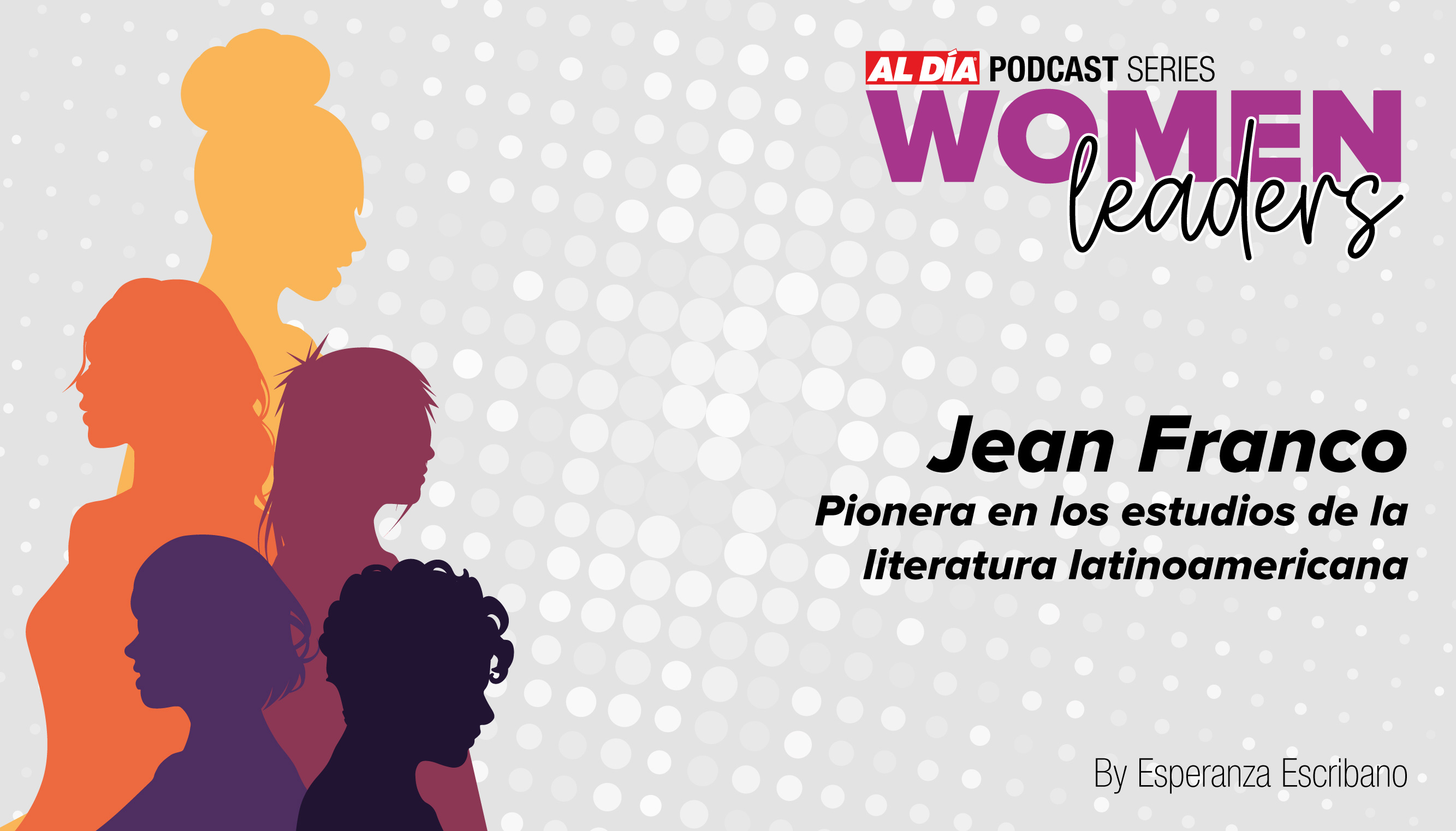



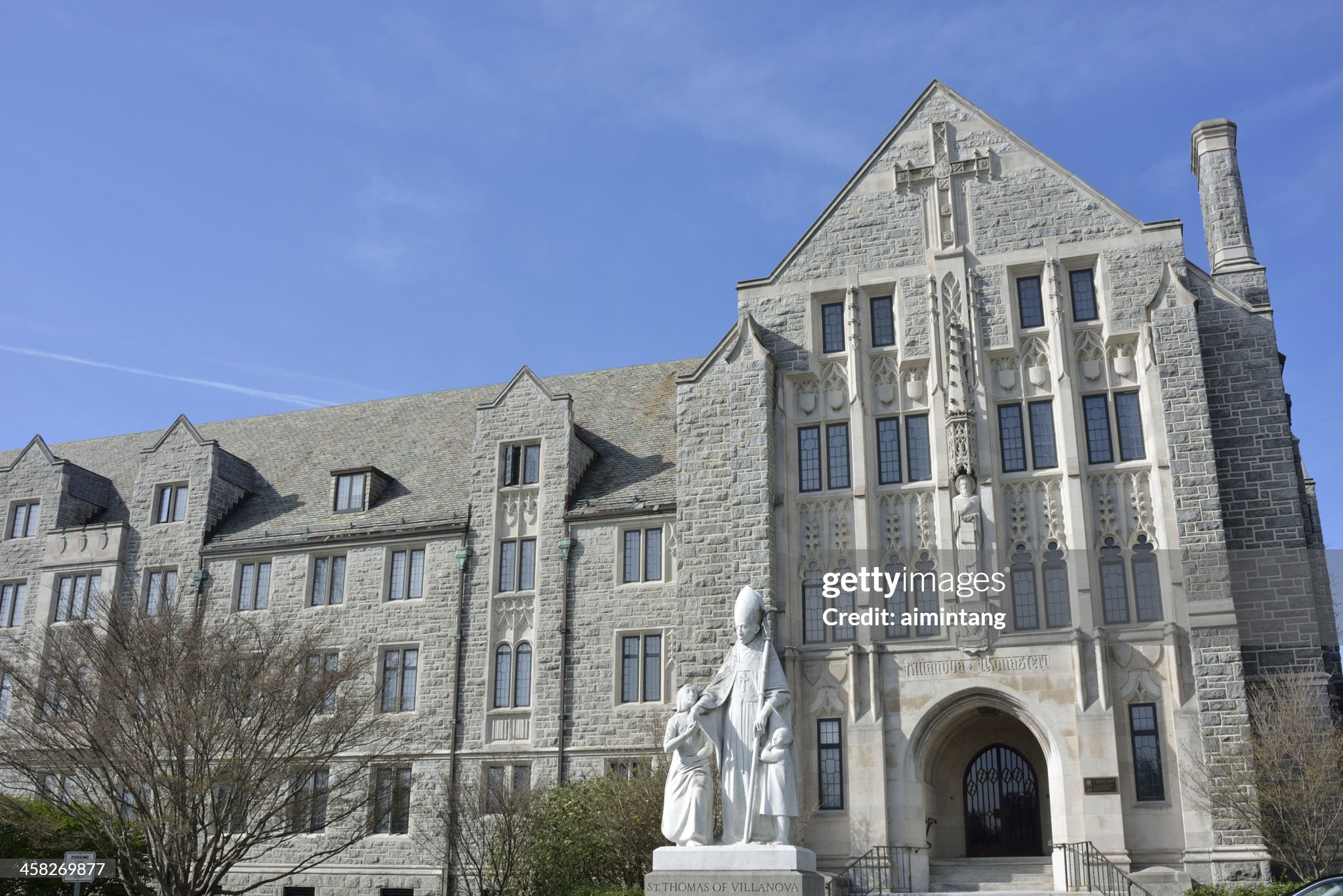
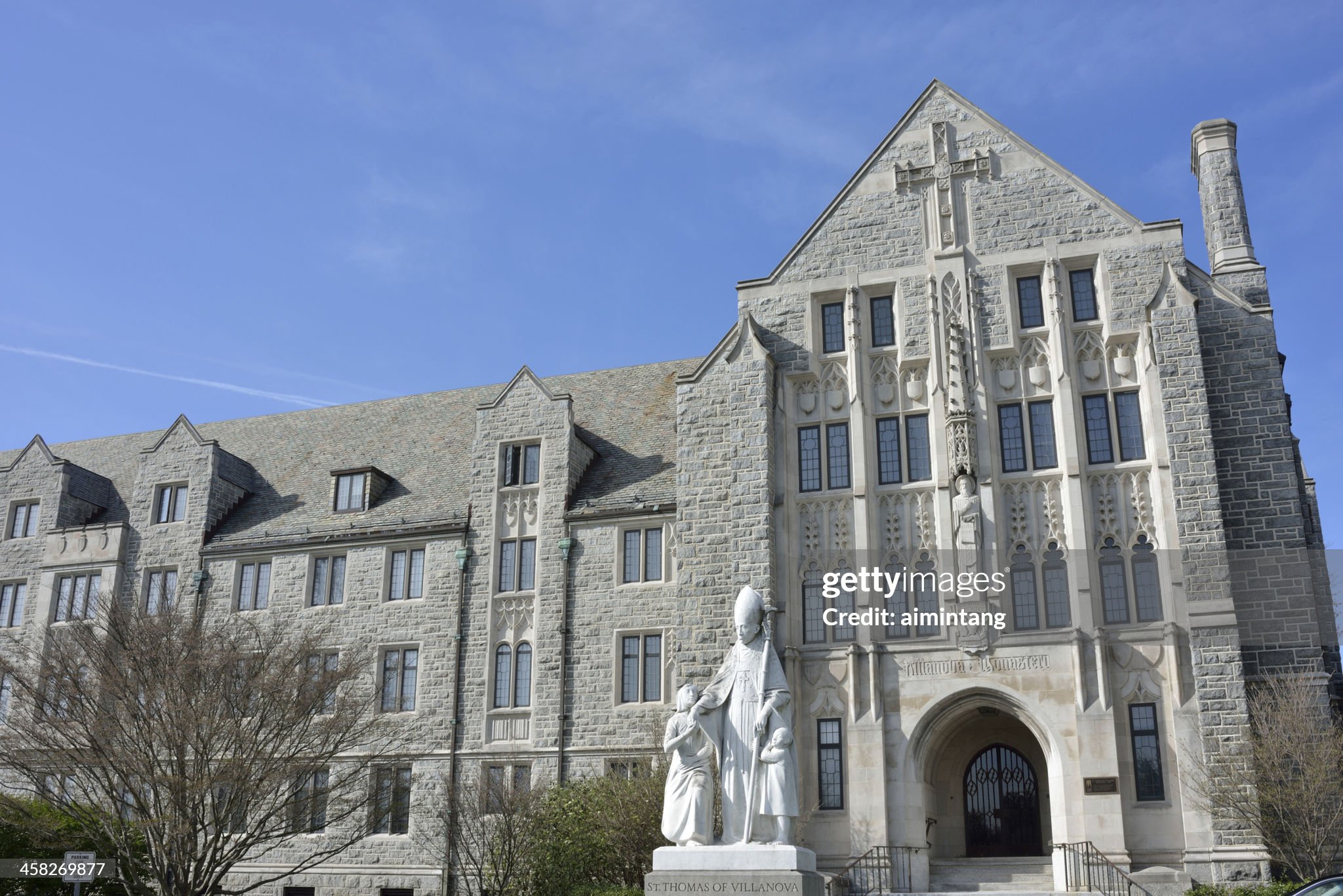
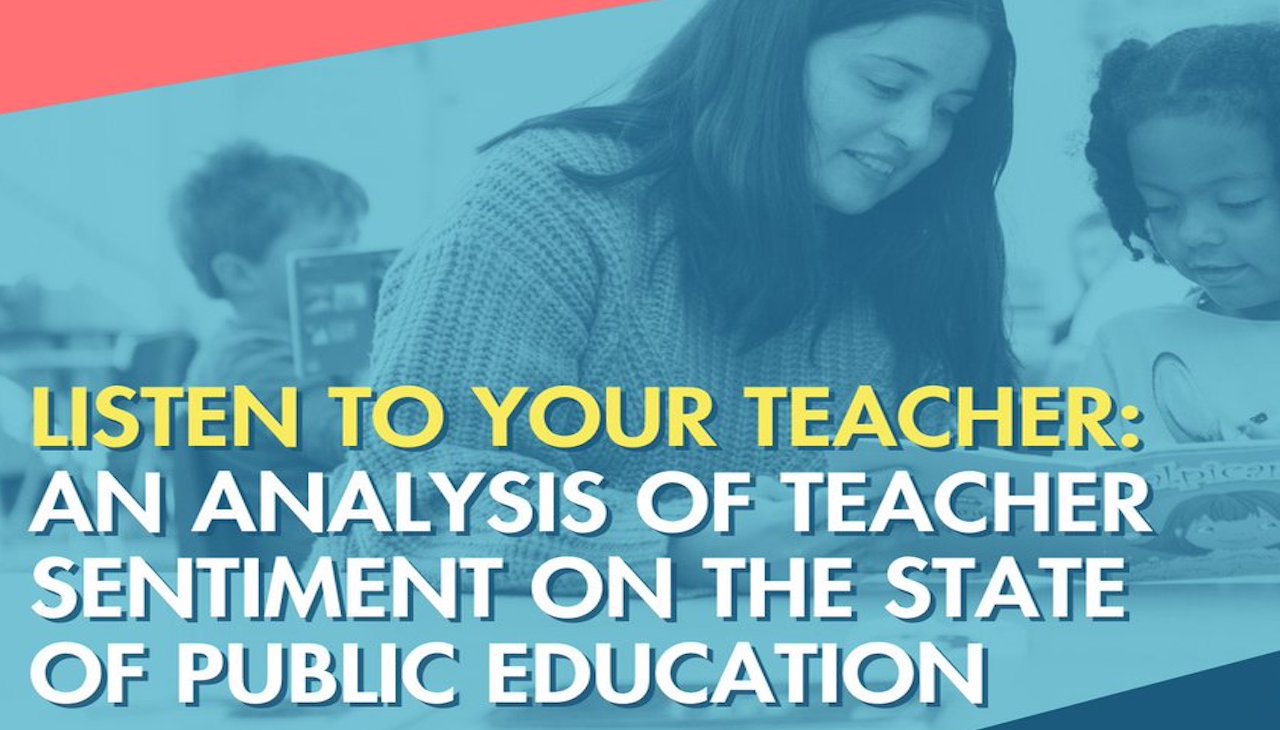
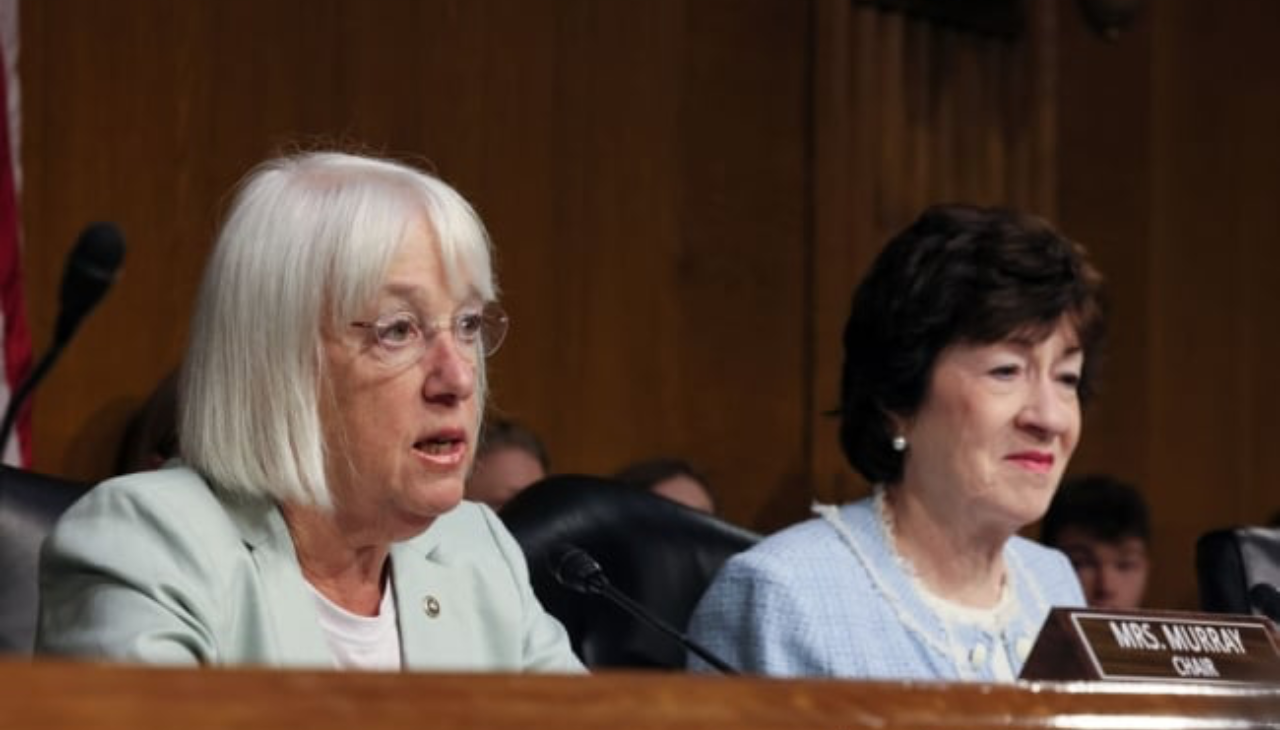
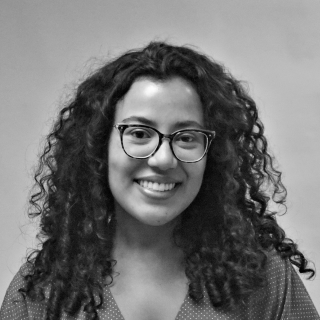
LEAVE A COMMENT:
Join the discussion! Leave a comment.